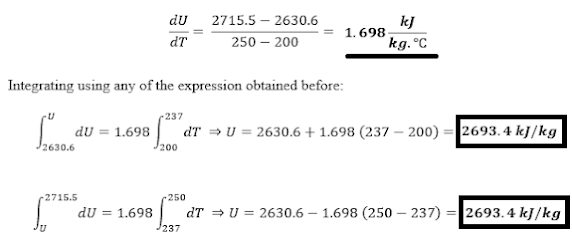Thermal conductivity
Thermal conductivity is very similar to specific heat as both are resistances to heat transfer, however they are not the same. While thermal conductivity gives the rate of heat exchanged in a process, the specific heat gives the quantity of heat exchanged in a process. The inverse of thermal conductivity is thermal resistance.
Thermal conductivity is generally expressed as a scalar quantity and its most general form is a second-rank tensor. Since thermal conductivity is a function of the motion of free electrons it is an intensive property since its a property of a material.
Thermal conductivity is affected by temperature and phase change.
Thermal conductivity is used in calculations for heat conduction using Fourier's Law (click here for Fourier law summary). Fourier's law states that the heat transfer rate through as material is proportional to the negative gradient of temperature change to the length which is perpendicular to that gradient, through which the heat flows.
Steady-state conduction is the form of conduction that occurs when the temperature difference driving the conduction is constant.
Thermal conduction is the transfer of internal energy by microscopic collisions (kinetic energy) of particles (molecules, atoms and electrons) and the movement of electrons within a body. Conduction occurs in all phases: solid, liquid, and gas.
Factors influencing conductivity in solids:
- Chemical phase: When a material changes phases, the thermal conductivity may greatly change as well.
- Temperature: For metals and non-metals, the effect of temperature on thermal conductivity differs. For metals, conductivity occurs due to free electrons. For metals, thermal conductivity is approximately proportional to the absolute temperature times the electrical conductivity. As temperature approaches absolute zero, the thermal conductivity sharply decreases.
Thermal conduction of gases: Heat transfer occurs through collisions of gas molecules. In the absence of convection, thermal conduction through a gas phase greatly depends on the composition and pressure of this phase, and the mean free path of gas molecules relative to the size of the gas gap.
Thermal conduction of liquids: For liquids, the details of the thermal conduction mechanisms are not properly understood.






